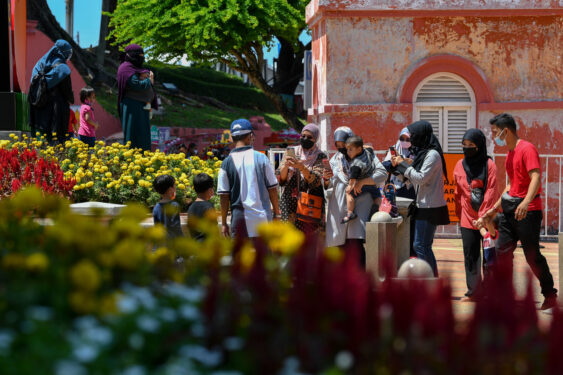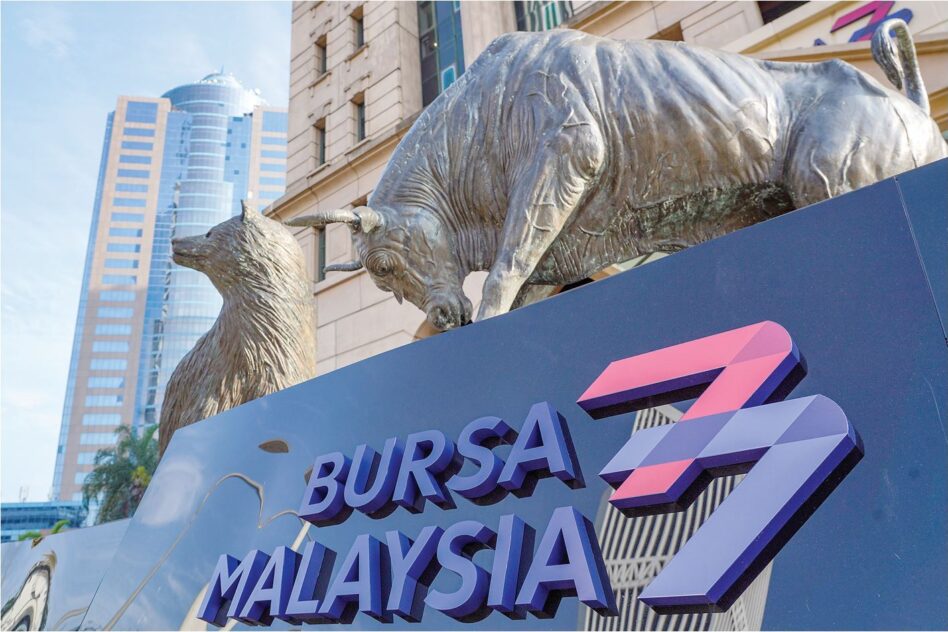By Mah Hui Lim and Michael Heng
This is the first of a two-part series.
THE Covid-19 pandemic, erupting in the background of a lethargic global economy, could turn out to be the single biggest crisis in a century. First reported in Wuhan, China, the coronavirus has reached almost all countries. It has infected close to 1 million people and caused over 60,000 deaths, and the figures keep climbing. It is a health catastrophe which, if not checked in its tracks, would be the most serious since the Spanish Flu of 1918 which killed over 50 million people.
The pandemic has triggered a market crash. Stock markets across the world have trended downwards despite various measures by governments to support the economy. The Organisation for Economic Co-operation and Development has warned that the economic recovery would take years. According to its secretary-general Angel Gurría, the economic shock was already bigger than the financial crisis.
It is a crisis much more serious than the 2007/08 crisis, for three reasons. What started as a health crisis has morphed into an economic and financial crisis.
First, it erupted in economic and financial environments more vulnerable than those of 2008. After the global financial crisis (GFC) of 2008, major central banks pumped trillions of liquidity to resuscitate the world economy. Unfortunately, much of this was misspent on financial shenanigans such as stock buybacks and mergers and acquisitions while global investments languished. Global debt was pushed to an all-time high of over 300% of world GDP compared to under 200% in 2008. In the last few years, economists and business analysts have been warning of an impending financial typhoon on the horizon. The gigantic typhoon has made its landfall triggered by an invisible and humble bug.
Second, this is a double-whammy crisis with both supply shock and demand destruction. Shops and factories close down, planes and trains stop operating, global supply chains are broken. Except for essential goods, demand has evaporated. Usual consumer spending nosedives as incomes dry up and many people are confined to homes. Such conditions hit at the core of the real economy.
Third, central banks have almost run out of ammunition. Interest rates have been cut to near zero and in some countries have turned negative. More quantitative easing is like pushing on a shoestring and will only inflate asset prices resulting in greater inequality. Governments have unleashed their bazookas with the US injecting US$2 tril (over 10% of its GDP) in a stimulus package.
The once-in-a-century crisis has jolted policy makers out of their comfort zone. What has been considered taboo is now followed without much disagreement across the board.
Helicopter money has now come into vogue. It means literally throwing money at the entire population for them to spend. The problem is if the population is locked down and most businesses remain shut, putting money in the hands of people will not restart business. In the last GFC, there was nowhere to hide for the investor. Today, we are faced with a crisis of nowhere to spend.
There are three lessons to draw from this crisis.
First, the pandemic exposes the flaws of neoliberalism which deifies the free market and vilifies the state. This crisis shows that small governments and big markets are unable to cope with a crisis of this order. In fact, neoliberalism and market fundamentalism have damaged society considerably, resulting in what Karl Polanyi and later Michael Sandel call market society. Under this scenario, risks are socialised while profits are privatised. It weakens the capacity and readiness of society to respond to unanticipated nation-wide crises.
Second, had the rich western countries cast off their ideological blinkers and used the opportunities after the GFC to invest in infrastructure, research and development, public goods, reduction of huge inequalities and other forms of capital development, the whole world would have been in better condition to deal with the unfolding situation.
Third, the crisis underscores the interdependence resulting from systematic integration over the past several decades. It is a cliché now to say that pathogens respect no borders. It took only a few weeks for the virus to travel worldwide. A global solidarity is needed to tackle a problem of this nature which unfortunately is not being displayed. Each country is frantically fighting its own fire with the rich countries pouring trillions while poor countries are left to fend on their own. But as Abiy Ahmed, the prime minister of Ethiopia, rightly said, health is a global public good and requires global design and solidarity. He warned that if Covid-19 is not beaten in Africa it will come to haunt the rest of the world.
The world has to act in a concerted action. We are all in the same boat; a leak in one part will sink the boat no matter where the source. – April 10, 2020
Mah Hui Lim is an economist and has been a banker in the private sector and the ADB. Michael Heng is a former professor in Management Science.
Second part: The pandemic crisis may trigger societal restructuring









